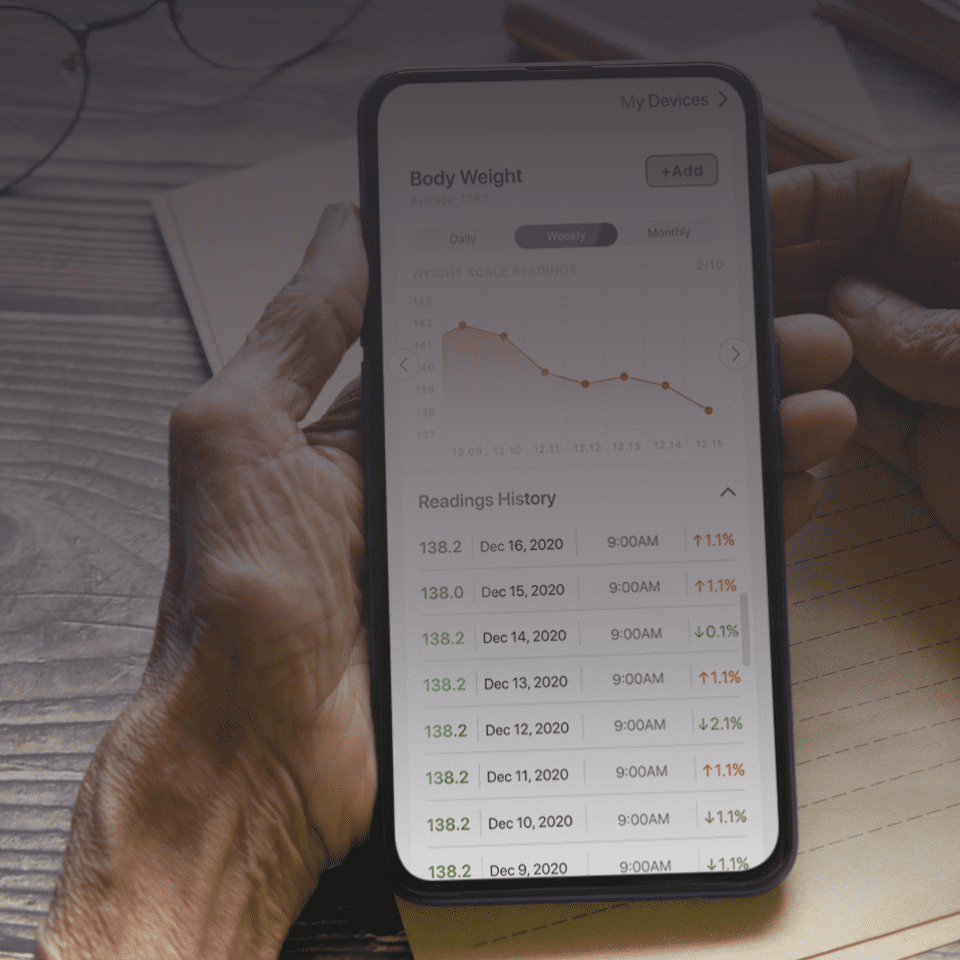Wearable Healthcare Technology Statistics
We can define wearables as the technology we attach to our bodies to better monitor health services. Although we can trace this technology to the first half of the previous century (the first implantable medical device was a pacemaker in 1958), today, it is an industry that keeps evolving. By 2028, wearable technology for healthcare will grow to a $380 billion industry.
There are two main reasons for this market growth: people realized that they need to take a proactive role in their healthcare delivery, and COVID-19 prompted us to shift to that lifestyle sooner than we expected. Activated patients drive better clinical results, and wearable devices improve the wearer’s health and help with data gathering for research purposes.
Wearable Healthcare Technology for Research
Wearables have great potential for data-gathering and cutting-edge health research. They can collect information for more precise clinical diagnosis and allow for remote patient monitoring. In recent years, they found significant applications in the following fields:
COVID-19 predictions
Fertility tracking
Heat-related illnesses
Drug effects
Psychological interventions
Healthcare wearable technology thus offers a myriad of benefits to be reaped by the wearer and the general public. The possibilities are only increasing as we have broader adoption rates of this technology, and manufacturers are racing to develop wearables for specific health conditions. That said, wearables are already a part of the general public, and some have extensive commercial use.
Famous Examples of Wearable Technology in Healthcare
Before any device can reach the market, the FDA needs to give it the green light. A device is classified as medical if it can be used to treat a condition or diagnosis, effectively making technology tracking vitals a medical piece of equipment. An example of this would be the approval of the Apple Watch in 2018 due to its electrocardiogram. Below are some famous examples of wearable technologies in healthcare.
Fitness trackers
Smartwatches
ECG monitors
Wearable Biosensors
Smart clothing and jewelry
All these devices work to collect our data and improve our health. Below are some statistics that show just how widespread this digital technology is and some of its benefits.
30% of American adults use wearable technology for healthcare as of 2020.
Nearly 50% of users rely on this technology daily, with more than 80% being willing to share their results with their care provider.
92% (9 out of 10) of smartwatch users use them for health and fitness reasons.
88% reported that this technology helped them reach their fitness goals: regular exercise being the first goal at 48% and increasing steps being the second at 34%.
31 million Fitbit users were active in 2020. There is a discrepancy between active and passive users, evident in the fact that, although 31 million users were active, there were 111 million registered users in 2021.
722 million was the number of connected wearable medical devices in 2019.
This number more than doubled from 325 million in 2016 and is projected to grow to more than 1 billion post-2022.
533.6 million devices were shipped in 2021.
This includes watches, hearables, and other aides. The hearables or earwear category will soar with an expected 105 million devices by 2023.
2, 592 is the median increase in steps taken for people with a chronic condition.
A review of 35 studies in 2019 found that wearing a fitness tracker organically increases the number of daily steps for patients with a chronic cardiometabolic disease.
Use of healthcare wearable devices varies across a range of socioeconomic factors. We can see differences across income, gender, and race.
3 in 10 Americans living in households earning $75 000 or more a year wear a fitness tracker or a smart watch (2020).
On the other hand, only 12% of those earning less than $30 000 a year use this technology.
25% of women are more likely to use these devices regularly.
Compared with only 12% of men.
26% of Hispanic adults regularly use wearable health technology such as a fitness tracker.
This is more than Caucasians (20%) and African-Americans (23%).
As we previously mentioned, data gathering from these devices and their use for research purposes is one of the main strengths of this technology. However, there are differences in perception regarding who can view and use this data, and Americans still need to reach a consensus on data sharing.
41% of Americans say it is acceptable for makers of fitness trackers to share their data with medical researchers.
Wearable health technologies can contribute to society by providing medical researchers with data showing the correlation between exercise and heart disease. 35% believe this practice shouldn’t be allowed, while 22% are unsure whether they want their data to be shared.
39% of Caucasians say that sharing their data is unacceptable.
This is compared to Hispanic adults (26%) and African-Americans (31%), who are uncomfortable sharing their data.
53% of fitness tracker users support their data being shared.
Whereas 38% of people who do not use this wearable medical device support the idea of data sharing.
Some insurance companies provide a discount if the insured party accepts to don a device such as a fitness tracker.
69% of Americans would be willing to don a smartwatch if it meant they would get an insurance discount.
This includes 46% willing to share their data and 55% who don’t use this technology but would be willing to do so for a discount.
A 20% discount per wearable medical device is offered to some insurers.
Some insurance companies offer discounted medical devices for their users to help them reach their health goals.
Our Expertise
Vicert leverages its decades of experience in the healthcare industry to develop digital solutions to fit your exact needs. Don’t take our word for it: book a call with us and learn more about our development and deployment of wearable healthcare technology.



